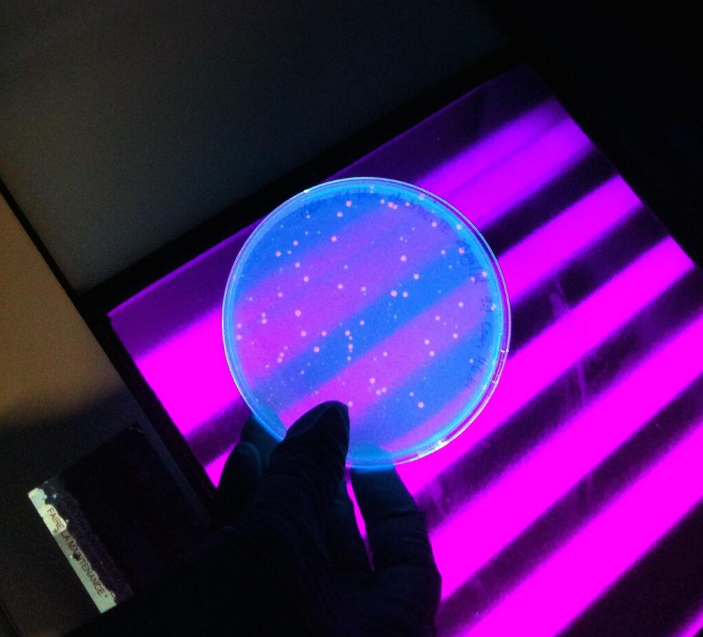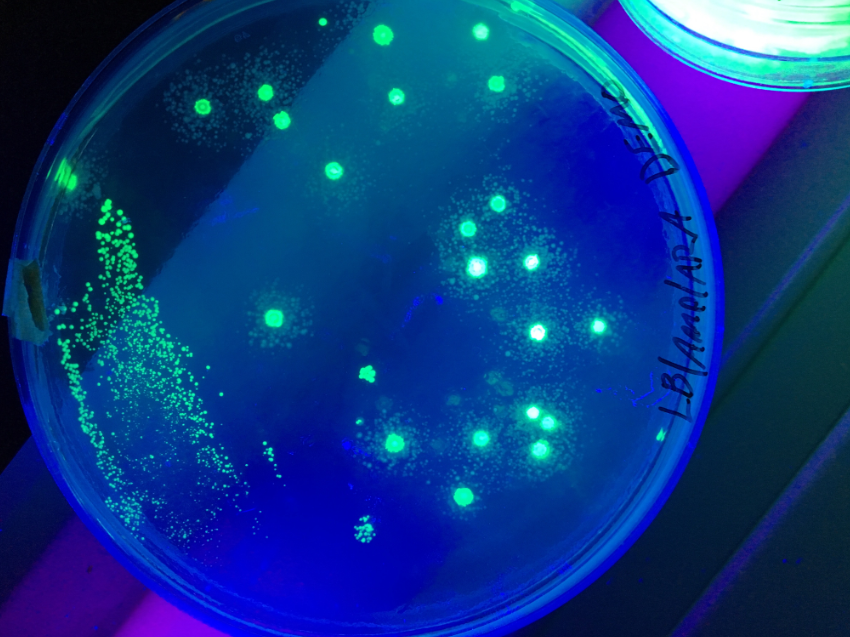Have you ever wondered why certain things light up when exposed to UV light? This captivating phenomenon occurs due to the interaction between ultraviolet light and specific materials. When UV light, which carries more energy than visible light, meets these materials, it energizes their atoms.
These excited atoms release the excess energy as visible light, creating a mesmerizing glow. Notably, this emitted light often appears in vibrant colors distinct from the original UV light. Various methods utilize this phenomenon, including highlighters that enhance text visibility and minerals undergoing dazzling transformations.
Exploring what fluoresces under UV light adds a touch of magic to the ordinary and offers a glimpse into the fascinating world of light interactions.
Is UV light dangerous?
UV light can be dangerous if you’re exposed to too much of it. There are three types of UV rays: UVA, UVB, and UVC. UVC is the most harmful, but it’s mostly absorbed by the Earth’s atmosphere and doesn’t reach us. UVA and UVB rays can cause skin damage.
Overexposure to UV rays can lead to sunburn, premature skin aging, and increase the risk of skin cancer. It’s important to protect your skin from the sun by wearing sunscreen with broad-spectrum protection. Look for SPF 30 or higher.
Medical treatments and disinfection processes utilize UV light. Controlled exposure to UVA or UVB for specific purposes can be safe and beneficial. For example, phototherapy employs UV light to treat skin conditions like psoriasis.
Using tanning beds is risky because they emit concentrated UV radiation. This can harm your skin and increase cancer risk. It’s better to avoid tanning beds altogether.

What fluoresces under uv light?
Fluorescence is when an object absorbs UV light and then emits visible light. Many things can fluoresce, like certain minerals, plants, and animals.
One common example is a highlighter. The link in highlighters contains fluorescent compounds that absorb UV light and make the ink glow in bright colors. It’s why your notes can look so vibrant under blacklight!
Certain minerals, such as calcite and fluorite, exhibit fluorescence. They can turn dull rocks into dazzling displays of color when exposed to UV light. Some gemstones, like diamonds and opals, also fluoresce.
In nature, some animals and plants use fluorescence too. For instance, scorpions have a protein in their exoskeleton that glows under UV light, helping scientists track and study them. Some flowers have petals that can fluoresce to attract pollinators.
When it comes to safety, be aware that some detergents and cleaning products contain fluorescent agents. These can make your white clothes look extra bright under UV light, but they’re not harmful.
However, it’s important to note that prolonged exposure to UV light can be harmful. Just like with sunlight, you should avoid looking directly at UV light sources, especially those with high intensity. And for some people, UV light can trigger skin reactions, so be cautious.
If you’re curious about what might fluoresce around you, you can get a UV flashlight or blacklight. These small devices emit UV light and can reveal hidden fluorescing objects in your surroundings.
Why do some things glow under UV light?
Fluorescence: Unveiling the Glow
Fluorescence, the captivating phenomenon that causes certain objects to emit visible light when exposed to ultraviolet (UV) light, hinges on the interaction between UV light and specific materials.
Energy Exchange: UV Light Excitation
UV light, possessing higher energy than visible light, triggers a remarkable reaction within select substances. When UV light strikes these materials, it energizes their atoms.
Excited Atoms and Energy Transition
Energized atoms temporarily assume a higher energy state. However, this heightened state is short-lived. To revert to their normal state, the atoms release surplus energy in the form of visible light.
The Radiant Glow
The emitted visible light produces the radiant glow characteristic of fluorescence. Notably, this light often differs in color from the original UV light. For instance, exposing an object to UV light might result in it glowing in shades like blue, green, or red.
Fluorescent Compounds: Key Players
The propensity to fluoresce varies across substances. Materials containing specific compounds referred to as fluorescent dyes or pigments exhibit enhanced fluorescence. These compounds are strategically designed to absorb UV light and subsequently re-emit it as visible light.
Everyday Examples: Highlighters and Detergents
The concept is vividly illustrated in everyday items. Highlighters, for instance, utilize fluorescent compounds in their ink. Consequently, when you direct a UV light at highlighted text, the ink seems to illuminate in vibrant shades.
Even certain detergents incorporate fluorescent agents. These agents render white clothes even more brilliant under UV light, aiding in gauging detergent effectiveness.
Natural and Industrial Applications
Fluorescence extends beyond everyday items. Certain minerals, owing to trace elements, exhibit fluorescence. Museums often display rocks and minerals that radiate stunning hues under UV light.
In the natural realm, fluorescence serves diverse functions. Some organisms, such as particular corals and jellyfish, possess special proteins that induce fluorescence. This adaptation can facilitate communication, mate attraction, or protection.
Safety Considerations
While fluorescence is captivating, it’s essential to exercise caution. Not all substances that glow under UV light are benign. Certain minerals may contain toxic elements. Moreover, overexposure to UV light can pose risks to skin and eye health.

Final Thoughts
The world of UV light fluorescence is a captivating realm where ordinary objects transform into vibrant sources of light. Understanding the science behind this phenomenon adds a layer of fascination to our surroundings. From highlighters creating colorful notes to minerals revealing hidden hues, fluorescence offers a playful way to interact with light.
Remember, though, to exercise caution and responsibility when using UV light sources. Whether you’re discovering the glow of natural substances or marveling at the ingenuity of human-made products, the world of fluorescence invites us to see the ordinary in an extraordinary light. So, next time you encounter something that fluoresces under UV light, you’ll know the science and magic that make it shine.
